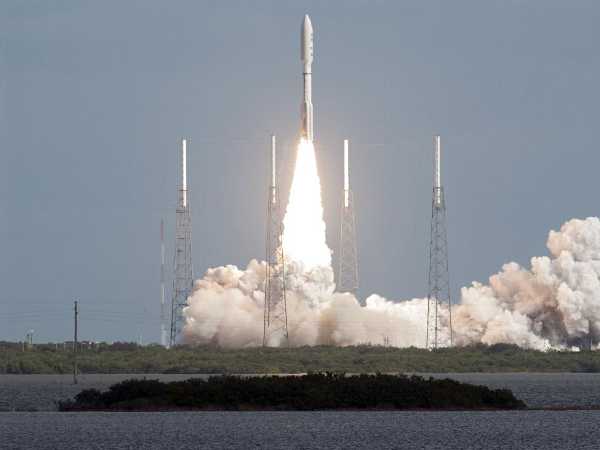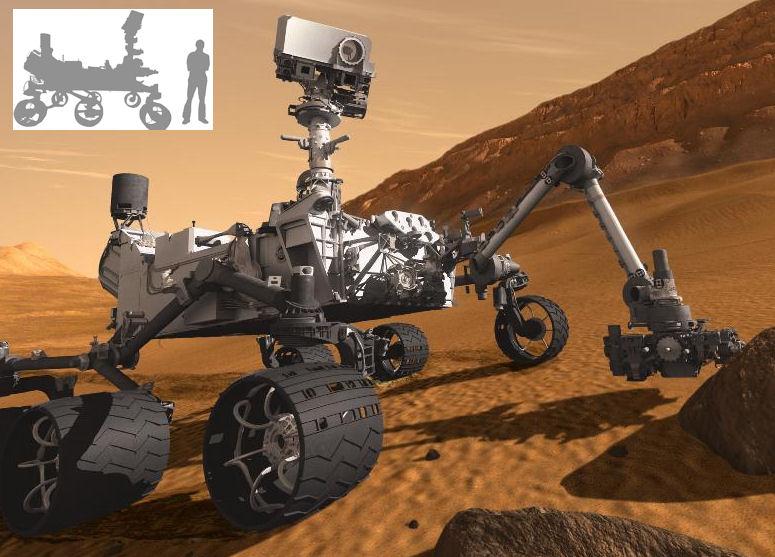
Pictured here is a fresh rhizome of ginger, along with ginger in its powdered form. Photo by Esther Oertel.
Ginger transports us from the flavor of Thanksgiving pumpkin pie to the scent of Christmas, when warm gingerbread loaves are pulled from the oven, gingerbread men decorate trees and children build gingerbread houses.
When we’re not well, it tames our throats with soothing tea and our tummies with bubbling soda.
While it tempts and tantalizes in cuisines throughout Asia, it isn’t confined to use in dishes inspired by that region. Ginger pairs well with many things, some of them unexpected, and can be used in a variety of forms in the kitchen.
This pungent, warm, peppery flavor seems to pop up almost everywhere, whether in fresh, powdered or pickled form.
Ginger is essential in Asian-inspired stir-fries and dipping sauces, but also works well with everyday ingredients, like maple syrup. Combined with ginger, maple syrup makes a nice glaze for meats and vegetables.
It can be infused into milk or cream to make custard or ice cream, and adds tangy spice to salad dressings. Try adding orange juice as the acid when making a dressing with ginger, or put in a splash of tamari sauce.
Ginger can be sliced into rounds, planks or matchsticks, chopped, grated or pureed, depending on its use.
Grating is a good method when just the essence of ginger is required, such as in a sauce for salmon. My preferred grater for ginger is a Microplane zester, as the most fibrous piece of fresh ginger is made into a juicy pulp with this tool. An added bonus is that ginger doesn’t get stuck in the grater’s holes.
When a textural component is desired, minced, chopped or thin matchsticks of ginger are what’s needed. Matchsticks of ginger become beautifully crisp and chewy when roasted, and are wonderful for adding flavor to roasted root vegetables. Small bits of chopped ginger add bursts of warm spice when cooked into a couscous pilaf. (Try one with almonds, cilantro and orange zest along with the ginger.)
When sliced into rounds or planks, ginger infuses flavor into broth or warm drinks. Pureed ginger works well in salad dressings, such as in the recipe offered below.
Fresh ginger should be peeled prior to use. This can be done with a paring knife, although my preferred method is with a spoon, which leaves more of the flesh intact. The spoon is also good for traversing ginger’s bumps and knobs.
Ginger settles the stomach, which makes it a recommended remedy for motion sickness. A convenient (and delicious) form for this purpose is candied ginger, which in addition to soothing nausea, is wonderful in baked goods and fruit salads.
In Japanese cuisine, ginger is pickled, including a palate cleansing pink-tinted ginger called gari that’s served with sushi.
While fresh ginger is often referred to as a root, the gnarled knobs are actually rhizomes, a portion of stem that resides underground and sends roots out from its nodes.
Fresh ginger has a distinctly pungent flavor and aroma, which differs a bit from its dried counterpart.
The ratio for exchanging fresh and powdered ginger in a recipe is six parts fresh ginger to one part dry.
When rummaging through a basket of fresh ginger at the supermarket, I’m reminded of finding shapes in cloud formations as a child.
Ginger’s bulbous protuberances form all manner of likenesses, including that of a scorpion, which the last rhizome I purchased resembled.
Ginger is native to India and China, and its name is derived from a Sanskrit word meaning “body like a horn,” which refers to its antler-like appendages. Its flesh can be white, yellow or pink, depending on the variety.
Ginger is mentioned in the ancient writings of its countries of origin, as well as in the Middle East, where it has a place in cuisine. It’s long been prized for its medicinal properties, as well as its aromatic and culinary uses.
The ancient Romans imported ginger from China nearly 2,000 and its popularity spread from the Mediterranean region to other parts of Europe in the middle ages.
Spanish explorers introduced ginger to the West Indies, Mexico and South America, where it thrived in those warm climates. In the 16th century, ginger was imported from the New World back to Europe. Not surprisingly, ginger is a popular spice in the cuisines of the Caribbean.
In Thailand, a relative of ginger is used in cuisine known as galangal, which is sometimes referred to as Thai ginger. It has a similar flavor profile, though gentler and without peppery heat.
Ginger is also related to turmeric and cardamom.
When choosing fresh ginger, pick knobs with smoother skin that are heavy for their size. Lightness in weight indicates moisture loss and deeply ribbed skin can indicate aging. Thankfully, most markets don’t mind if you break off an appendage from a large piece of ginger if smaller ones are needed and can’t be found.
Ginger has a calming effect on the digestive system and has long been known as a remedy for gastrointestinal distress.
As well, it contains powerful anti-inflammatory compounds, which is why people with osteo- or rheumatoid arthritis often experience reductions in their pain levels and increased mobility when ginger is consumed regularly. It also helps prevent and diminish certain cancers.
Ginger has been shown to boost the immune system, and I highly recommend ginger tea (or a soup made with ginger) at the onset of a cold.
Because ginger is so concentrated with active substances, it doesn’t take much to be effective.
To make ginger tea, peel a two-inch length of fresh ginger and thinly slice it. Add this to 4 cups of boiling water in a saucepan and simmer for 10 to 15 minutes. Strain the tea and add honey and/or lemon to taste, if desired.
Today I offer two recipes, one hot, a mulled cider with ginger and other spices, and one cold, a bright, healthy salad dressing that includes a generous amount of ginger.
The dressing is one my mother created for the restaurant of my childhood, The Gibson House in Bolinas, Calif. It was published in an out-of-print cookbook, “101 Secrets of Northern California Chefs.”
In the ensuing decades, the recipe for this well-loved house dressing was forgotten, so I’ve approximated the proportions after some enjoyable experimentation.
Gibson House Dressing
¾ cup mildly flavored oil, such as corn, canola or safflower
3 tablespoons rice vinegar
Leaves from 1 and 1/2 bunches flat-leaf parsley
2 garlic cloves, peeled
2 scallions, white and green parts
1 and 1/2 inch length fresh ginger, peeled and minced
½ apple, cored and peeled, any variety except tart
2 teaspoons brown sugar
Put all ingredients in a blender and pulse until liquefied into a thick dressing.
Adjust seasonings to taste. If desired, add salt and pepper to taste, but this is not necessary.
This dressing is especially good with salad (try it with butter lettuce, avocado, red onions and oranges), but may also be used over lightly steamed veggies or fish. It’s wonderful mixed with rice and peas, either warm or cold, and over grains or steamed or baked potatoes.
Original recipe by Danielle Post with proportions by Esther Oertel.
Esther’s Mulled Cranberry-Apple Cider
4 cups apple cider
2 cups cranberry juice (use the 100 percent juice variety, with no added sugar)
2 slices orange, with rind
1 slice lemon, with rind
2 slices fresh ginger, about ¼ inch each
2 cinnamon sticks
6-8 cloves, studded in the orange rind
Simmer on the stove until hot and flavors are infused into the cider.
It may be kept warm in a crock pot, but to prevent bitterness, remove lemon and ginger after about an hour.
This makes six one cup servings and will make your house smell warm, spicy and homey for the holidays.
Recipe by Esther Oertel.
Esther Oertel, the “Veggie Girl,” is a culinary coach and educator and is passionate about local produce. Oertel gives private cooking lessons. She welcomes your questions and comments; e-mail her at This email address is being protected from spambots. You need JavaScript enabled to view it..
Follow Lake County News on Twitter at http://twitter.com/LakeCoNews, on Tumblr at www.lakeconews.tumblr.com, on Facebook at http://www.facebook.com/pages/Lake-County-News/143156775604?ref=mf and on YouTube at http://www.youtube.com/user/LakeCoNews.

 How to resolve AdBlock issue?
How to resolve AdBlock issue? 









